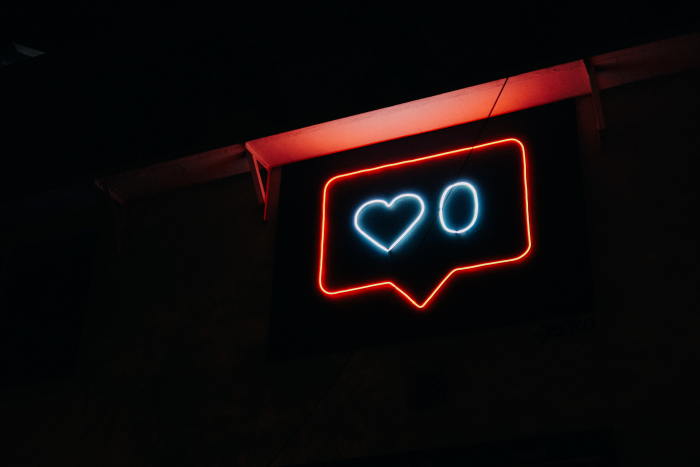
Recently, Instagram pulled back the curtain and gave users a peek at what makes their algorithm tick. Instagram has provided some additional insight into its internal processes with a series of explainers. The first focused on its complex feed algorithm and how it dictates content reach in their app.
However, it’s interesting to see that there’s no one “master algorithm” but three unique algorithms that control how your content ends up in other people’s feeds. This is important because the better understanding you have of the Instagram algorithm and how it decides what content to show each user, the better your business can leverage that to its advantage. Keep reading to learn the key takeaways from Instagram’s latest algorithm reveal and how it can be used to improve your brand’s strategy on that channel.
In-feed and Instagram Stories
Instagram’s algorithm responds to what it calls “key signals”. These signals vary depending on each element it’s looking at. While Instagram says there are “thousands” of signals that it analyses, the leading indicators across Stories and In-feed posts are:
- Information about the post
These are signals both about how popular a post is –
think how many people have liked it – and more
mundane information about the content itself, like
when it was posted, how long it is if it’s a video, and
what location, if any, was attached to it.
- Information about the person who posted
This helps Instagram get a sense of how interesting the
person might be to a user and includes signals like how many
times people have interacted with that account in the past
few weeks.
- Your activity
This helps Instagram understand what a user might be
interested in and includes signals such as how many
posts a user has liked.
- Your history of interacting with someone
This gives Instagram a sense of how interested a
user is in seeing posts from a particular person.
In essence, the more a user comments, looks at, likes a post, saves a post, or clicks on the profile photo, the more likely Instagram will show another user’s post higher up in the original user’s feed. To improve your brand’s performance on Instagram, think about how you can maximise the appeal of your content to prompt these types of responses. That will help ensure more of your posts get priority for each user.
The Explore tab

The Explore algorithm is different to In-feed and Stories as it is focused on showing you other content you may like based on your past content engagement.
For example, if a user is regularly engaging with a profile that shares baking content, then it’s likely that other people who engage with the same account are also looking at other baking accounts, which that user may also be interested in.
This is where hashtags can help improve discovery, by getting your account in front of people searching for specific topics. If they then engage with your posts, that increases your chances of being shown to their connections. This is especially important for brands that are new to Instagram and are trying to maximise their organic reach as much as possible.
Instagram Reels

Where the Explore algorithm was focused on your past content engagement, the Reels algorithm is focused on what might entertain a user. Instagram says there are four key elements of focus for this particular algorithm:
- An account’s activity
Instagram looks at things like which Reels a user has
liked, commented on, and engaged with recently.
- An account’s history of interacting with the person who posted
Like in Explore, it’s likely the video was made by someone
you’ve never heard of. However, if you have interacted
with them, that gives Instagram a sense of how interested
you might be in what they shared.
- Information about the Reel
These are signals about the content within the video,
such as the audio track, video understanding based
on pixels and whole frames, and popularity.
- Information about the account who posted
Instagram considers popularity to help find compelling
content from a wide array of people and give everyone a
chance to find their audience.
So content and creator popularity, overall, are the most significant factors for Reels.
It’s also worth noting that Instagram will restrict the reach of Reels that include a TikTok watermark or similar, which it says is designed to improve the user experience.
In Summary
Essentially, all of this comes down to understanding your followers and your target audience on Instagram. Brands should double down on what works and not be afraid to abandon content that isn’t resonating and prompting users to interact with their content. By understanding what triggers your audience to engage, brands can maximise these key elements, and boost engagement, first with your followers, and subsequently reach broader audiences and new markets.

